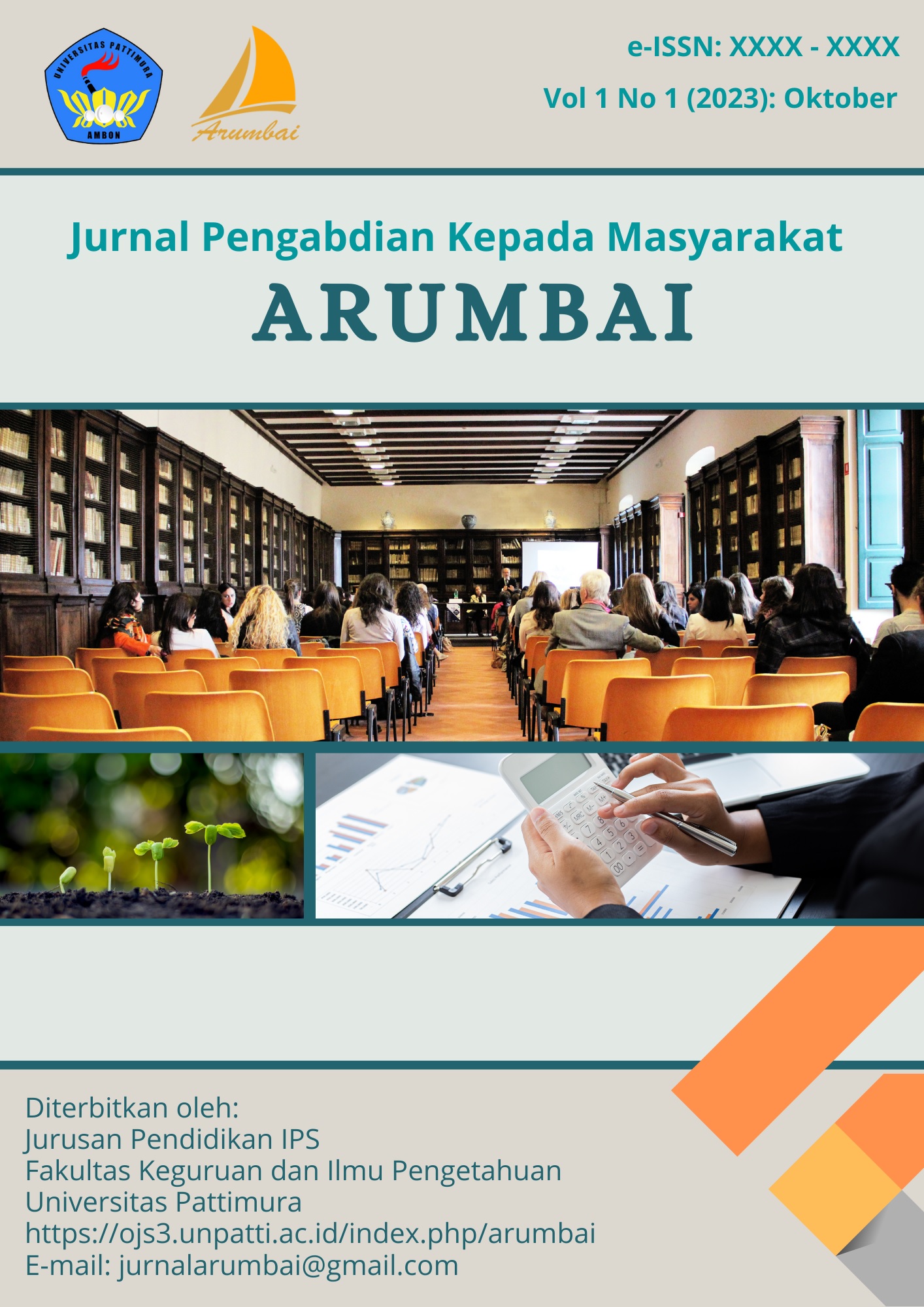Pelatihan dan Pendampingan bagi Komunitas untuk Meningkatkan Kesiapsiagaan dan Respons terhadap Bencana Gempa Bumi
Community Training and Mentoring to Improve Earthquake Preparedness and Response
Abstract
This training and mentoring program aims to improve community preparedness and response to earthquakes in Indonesia. Located in the Pacific Ring of Fire, Indonesia often experiences large-magnitude earthquakes that cause significant damage and loss of life. Through this program, we strive to improve community knowledge and understanding of earthquake risks and the necessary preparedness measures. The program also aims to improve community skills in responding to emergency situations, build reliable disaster preparedness systems and procedures, and strengthen cooperation between communities, government, and non-governmental organizations. The methods used include the preparation of preparedness plans, technical training, evacuation simulations, first aid training, and the application of virtual reality technology. Evaluation was carried out through pre-test and post-test surveys, participant feedback, and field assessments. The evaluation results showed a significant increase in community understanding and preparedness. Follow-up actions include the preparation of recommendations, the development of advanced programs, and the establishment of a disaster preparedness information and training center. This program is expected to create more resilient communities that are ready to face earthquakes, as well as reduce the impacts caused.
Downloads
Copyright (c) 2023 Author

This work is licensed under a Creative Commons Attribution 4.0 International License.


